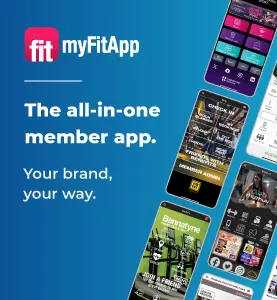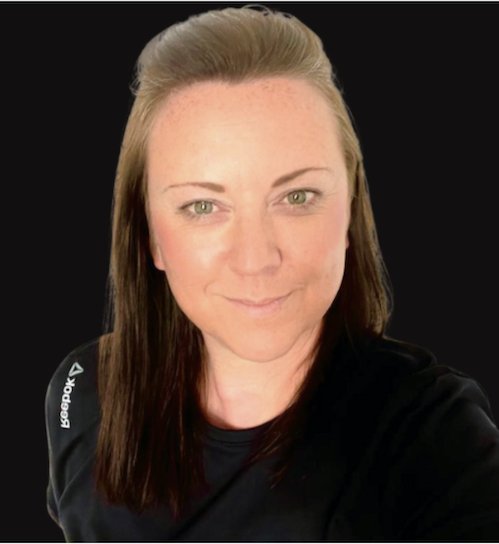Sales in the fitness industry can be a very rewarding profession: you’re the gateway to members achieving their dreams of a healthier, more fulfilling life. It can also be a frustrating and time-wasting profession without the right tools, mindset and guidance. It’s a manager’s role to provide the sales team with these tools and guidance.
First and foremost, a sale will only take place if the value in the transaction has outweighed the cost. The value is relevant to the individual’s goals, wants and desires, and the cost is what’s holding them back. The bottom line is that if the customer has not parted with their money or committed to join your club, they believe the cost has outweighed their motivation to join.
Everything that transpires in selling will always swing back to this basic equation. As a manager, you must encourage your sales team to deposit features and benefits into the value bucket while also trying to outweigh the negative cost elements of the sale.
Here are some tips and suggestions to share with your sales team, to help them encourage people to purchase a gym membership at your facility.
Understanding consumer mindsets
Two factors must be met for a fitness sale to take place: logical needs and psychological (or emotional) needs. Logical needs are usually the ‘reasoning’ people use to justify their purchase: people always buy emotionally and justify logically.
Logical needs at a club are things like flexible opening hours, convenient location or reducing the risk of cancer. They are important, but they will not get the member across the line without their emotional needs being expressed or understood.
Emotional needs are usually centred on how membership will make a person feel about themselves. Losing weight so they can fit into their wedding dress and feel good about themselves as they walk down the aisle is far more persuasive than the logical understanding of a club having 50 treadmills.
The science of influence
In 1984, social psychologist Robert Cialdini produced the results of arguably the most researched project on sales and the psychology of persuasion that had ever been published. Cialdini came up with six major principles that can affect human decision-making: reciprocity, scarcity, consistency, authority, social proof and liking.
The law of reciprocity states that people are obliged to give back to others the forms of behaviours they have received – aka ‘do unto others as you would have others do unto you’. For example, a PT might offer help on training techniques when not working with clients – those receiving the free help then feel ‘obliged’ to commit to future spending with that PT.
Scarcity combines with fear of loss to elicit action that wouldn’t otherwise occur. When an item becomes less available, its appeal increases. This is what makes rare coins more precious and why, if marketing a special membership package or discount, the number available should be limited – this builds desire as the deal isn’t normally available.
Then there’s consistency. People have an innate desire to live up to their own previous commitments. One study asked people if they would vote in an upcoming election and provide a reason why they thought they would. Close to 90 per cent of those who gave a reason went on to vote – a huge increase compared to those who said they’d vote but didn’t explain why. Asking the right questions and including ‘trial closes’ during a health club tour encourages the prospect to make that public commitment so, when it comes to the final question on whether they will join, it’s harder for them to renege.
Authority is key in today’s busy world. We’re exposed to so much information that an efficient way to decide on a course of action is simply to follow the advice of experts. In a study, doctors who displayed their certificates in their practices were 30 per cent more effective in persuading patients to take a particular course of therapy. If a member wants to put on muscle, they’re more likely to take advice on the use of protein from a Mr Universe-alike than a tiny fitness instructor. If you have accolades, endorsements or qualifications, display them at the club to encourage prospects to see you as an authority.
Following the crowd is a powerful force when we don’t know what to do. Bestsellers lists on websites are what people refer to when unclear what they want. When clubs are talking about the different membership options, they can move potential clients towards their way of thinking by using phrases such as “and this is the membership option most people go with”. Marketing using phrases such as ‘the most popular club in town’ also tap into this principle known as ‘social proof’.
Finally, the principle of liking states that people prefer to say ‘yes’ to those they like and have a relationship with.
But the important thing with all these techniques is that it must rest on a strong ethical foundation for it to work.
Go with the flow
As soon as your team has mastered the buying or influencing principles, they should be taught to follow a sales process. This comprises the greeting, the information gathering, the presenting and the closing.
The ultimate intention in the greeting is to build rapport and trust: people will then believe you’re trying to help them and will listen to what you say. Using people’s names, letting them know your name and creating that initial connection through conversation is the easiest way to achieve this.
The second step is information gathering. Rather than trying to push or sell something that’s not in line with what the person wants, ask and understand what they’re trying to achieve, and why. A simple acronym – H.E.L.P. – will help you gather the relevant information from a prospect. H stands for how they Heard about the club. E is for their Experience. L informs you about their Lifestyle and P stands for the Problem.
The easy part of the sale is presenting the club and solution in line with what they want: if they’re serious about wanting a solution, they should buy it. For example: “From what you’ve told me Mary, you want to tone up the back of your arms so they look good in a dress. This tricep machine would be ideal.”
But you should never start presenting until you’ve gathered the correct information. One of the major reasons why members leave a club is due to ‘expectation violation’ – being sold something that’s unrealistic to their lifestyle and habits.
Finally, it’s important to ask for the sale. If you’ve correctly gone through the previous three steps, held rapport and presented the solution – and they know it’s the solution – the natural progression is to ask if they’re happy to go ahead.
Helping, not selling
Many people in the fitness industry hate the term ‘sales’, yet it pays their livelihood. So why not look at it from a different angle: your sales team should be helping people achieve what they want, rather than selling something they don’t want.


























































